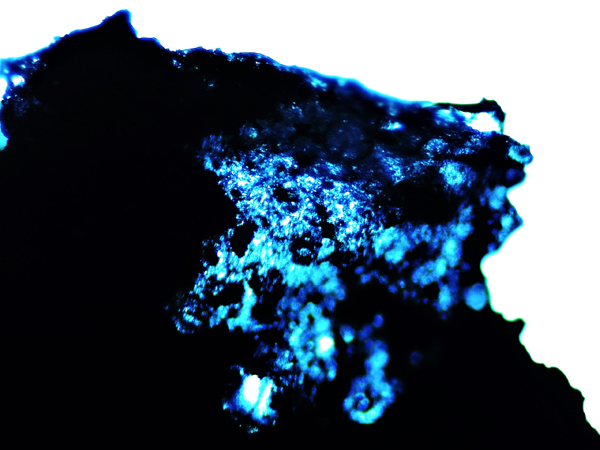President’s Annual Message
Greetings:
2021 is like deja vu all over again. No public outreach events, no group meetings. That sums up this year! We had a very nicely watered down CSP. On the first night (Friday) we had presentation by Kristine Larsen and Pete Kandefer, both by the way were our first speakers at CSP 1. On the second night we had 19 attending at the Scout Camp in Goshen. This was one of the best observing nights in a long time.
We have been contacted by a couple of high school astronomy clubs for outreach events. We will be doing Zoom presentations on various topics. Anyone who would like to help with this please contact me.
I want to thank the Board members David Johnson, Ray Kaville, Donna Pursley, Allan Sacharow, Al Washburn and Cheryl Barker for helping me make decisions to keep everyone safe at CSP. I also want to thank Jim Mazur and Laurie Averill for continuing to support the Library Scope Program.
Moving forward we will continue with Zoom General and Board meetings.
Please stay safe.
Best regards and clear skies
Greg Barker
Observing Report
By Michael Amato
On Wednesday August 25 my brother Anthony and I took a ride to the Westport Observatory to view Jupiter in their 25″ Dob and Saturn in their 14″ SCT. Jupiter showed four belts and the polar regions. These regions were really clear in the scope. Three of the four moons were also out and they were clear orbs in the scope. Saturn’s Cassini Division was very obvious and Saturn’s North Equatorial Belt also showed well. The skies were smoky from the western wild fires so Venus which was low in the western skies actually looked very orange the way Mars does. Also the 25″ Dob spilt Albireo wide apart. Finally, we got to see the Chinese Space Station fly overhead.
On Thursday night September 2, the skies really cleared up so Anthony and I took the out our 5″ MAK to do some viewing. We started on Venus, Saturn and Jupiter. Jupiter showed four belts clearly, Saturn showed its rings and Venus was at waning gibbous. We also viewed asteroids Pallas, Hebe and Victoria. As for open clusters, we viewed M11, M18, M21, M23, M24 and the star field M24. In some of these clusters, the stars jumped out at us. As for globular clusters, we observed M22 which was huge in our scope. Other globular clusters we viewed were M9, M12, M14, M19, M28, M54, M55 and M62. The highlight of the night was when we experimented with different filters to view several nebulas. In Sagittarius, we had great views of M8, M17 and M20. M8, the Lagoon Nebula, and M20, the Trifid Nebula, were right next to open clusters and they were something else to see. M17, the Swan Nebula, actually resembled a swan. We also saw sections of the Veil Nebula and North American Nebula. The section of the Veil we saw was a thin strip of nebulosity, and there was nebulosity in one area of the North American Nebula. Finally, we observed famous galaxy M31 both with the telescope and my 10X50 binoculars. The core of the galaxy was huge in our scope but our binos revealed the wings of M31. At 10:30pm, the police closed Bradley Point and we had to leave without trying to see other galaxies. What a night!!!
On a different topic, below is a photo of a small piece of my sample from Meteor Crater, which my brother photographed through his microscope at 40x. I bought this piece when I visited Meteor Crater in Arizona. This meteor is called an Impactite, meaning the blast from the parent meteor created small impactites which are fused meteor and earth rocks that were melted together when the meteor hit.

